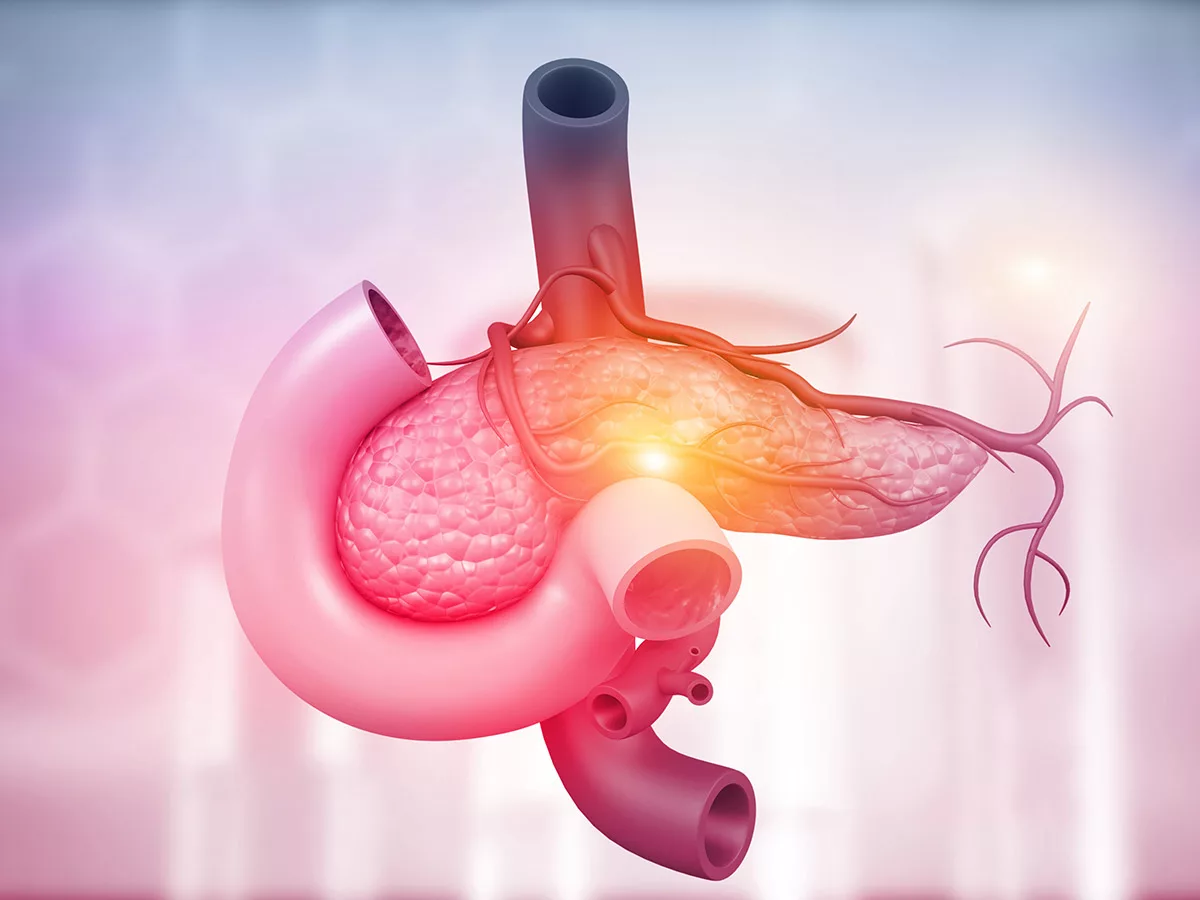Pre-existing insulin-secreting pancreatic beta cells, but not their progenitors, have been shown to contribute to new beta cells in the adult pancreas, according to a Chinese study led by scientists at the Shanghai Institute of Biochemistry and Cell Biology (SIBCB), Chinese Academy of Sciences (CAS).
These findings strongly suggest that adult beta cell regeneration is predominantly mediated by self-replication, rather than by stem cell or progenitor cell differentiation, the authors reported in the March 15, 2021, edition of Nature Metabolism.
"A landmark 2004 study using a genetic lineage tracing strategy elegantly first demonstrated that beta cell replication is the predominant means of generating new beta cells in the adult pancreas," said study leader Bin Zhou.
"However, that study could not exclude a contribution of beta cells from putative stem cells or progenitor cells," noted the professor and principal investigator in SIBCB at the CAS University in Shanghai.
"Thus, the question of whether beta cell neogenesis exists in the adult pancreas under physiological conditions has remained controversial over almost the past two decades."
Insulin-secreting beta cells are central to maintaining glucose homeostasis, with normal glycemic control requiring sufficient functional beta cells and beta cell death being a pathological hallmark of type 1 and advanced type 2 diabetes.
"Diabetes types 1 and 2 are both characterized by a shortage of the insulin-producing beta cells necessary for maintaining glucose homeostasis," Zhou told BioWorld Science.
"Achieving a healthy lifestyle, including through diet and exercise, insulin therapy, and the strict control of blood glucose levels are the holy grail of the management of diabetes," he said.
However, the ability of beta cells to regulate glycemic control and avoid organ damage far exceeds the capability of exogenous insulin treatment.
Hence, there is increasing interest in and demand for therapeutic approaches that restore functional and effective beta cell mass in patients with severe beta cell deficiency.
Understanding how endogenous beta cells are generated during homeostasis and potentially in disease conditions would provide clinically relevant information for designing new therapeutic approaches to treat diabetes.
In particular, it has been suggested that new therapeutic insulin-producing pancreatic beta cells could be regenerated from specific populations of adult pancreatic progenitor or stem cells.
However, as mentioned earlier, the existence of such progenitor cells has remained controversial, while the conditions under which they might contribute to new beta cell formation have also proved elusive.
This provided the rationale for the new Nature Metabolism study, in which the authors assessed the stem cell hypothesis by developing a new set of mouse models that enable genetic tracing to simultaneously fate-map insulin-positive and -negative cells in the adult pancreas.
In this system, pre-existing insulin-positive beta cells and all insulin-negative non-beta cells, including putative stem and progenitor cells, were simultaneously labeled by two surrogate markers that enabled indelible tracing.
Using this approach, the researchers demonstrated that non-beta cells generated new beta cells in the adult pancreas during embryogenesis.
However, new beta cells were not generated during homeostasis, pregnancy or after various forms of injury, including partial pancreatectomy, pancreatic ductal ligation (PDL) and beta cell ablation with streptozotocin.
"Our work showed that new beta cells could generate after partial pancreatectomy, mainly by self-duplication rather than cell differentiation," said Zhou.
"The proliferation rate of beta cells was not increased significantly after PDL and streptomycin injury compared with that of controls, which is consistent with previous work," he added.
"Collectively, our results found no evidence of beta cell neogenesis under these nongenetically manipulated models of pancreatic injury."
Moreover, formation of new insulin-positive cells from insulin-negative cells was observed after diphtheria toxin (DT)-mediated extreme beta cell loss due to DT-based genetic ablation, which is consistent with direct transdifferentiation from alpha and delta progenitor cells.
"Previous studies have reported that alpha cells and deltabeta cells could transdifferentiate into new beta cells after DT-mediated extreme beta cell loss," noted Zhou.
"This part of our work provides an internal positive control for the dual recombinase-mediated genetic approach to demonstrate that our dual tracing system is able to detect the conversion of insulin-negative cells to insulin-positive cells in the adult pancreas after genetic ablation of beta cells."
Thus, while these findings support the concept that beta-cell self-replication is the dominant pathway for beta-cell regeneration in the adult mouse pancreas, "our work does not support [the hypothesis] that beta cells are generated by differentiation from progenitor cells in the adult pancreas under physiological conditions," concluded Zhou.
Looking ahead, "we will investigate how to induce beta cell proliferation as the basis for promoting beta cell regeneration and we have recently developed a genetic approach for measuring in vivo cell proliferation during tissue homeostasis, repair and regeneration," he said.
"Our next step will be to establish a beta cell-specific proliferation tracer and apply a gene screening approach for the investigation of candidate genes that promote beta cell proliferation."
We will focus more effort on investigating the mechanisms of beta cell proliferation and exploring new pathways or drugs to stimulate endogenous beta cell proliferation. These future research works may provide new information for exploring new clinical regenerative medical approaches to diabetes.

